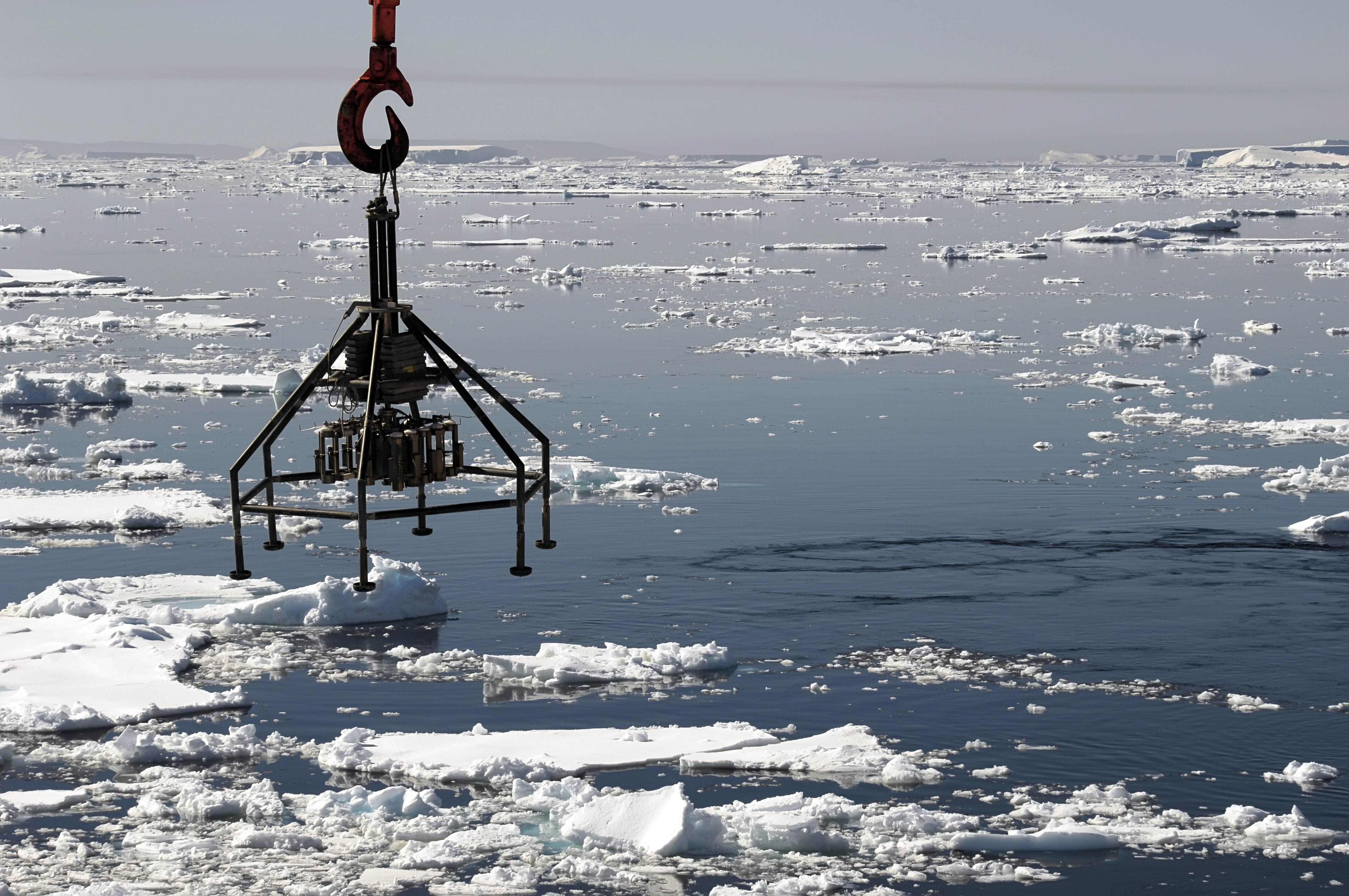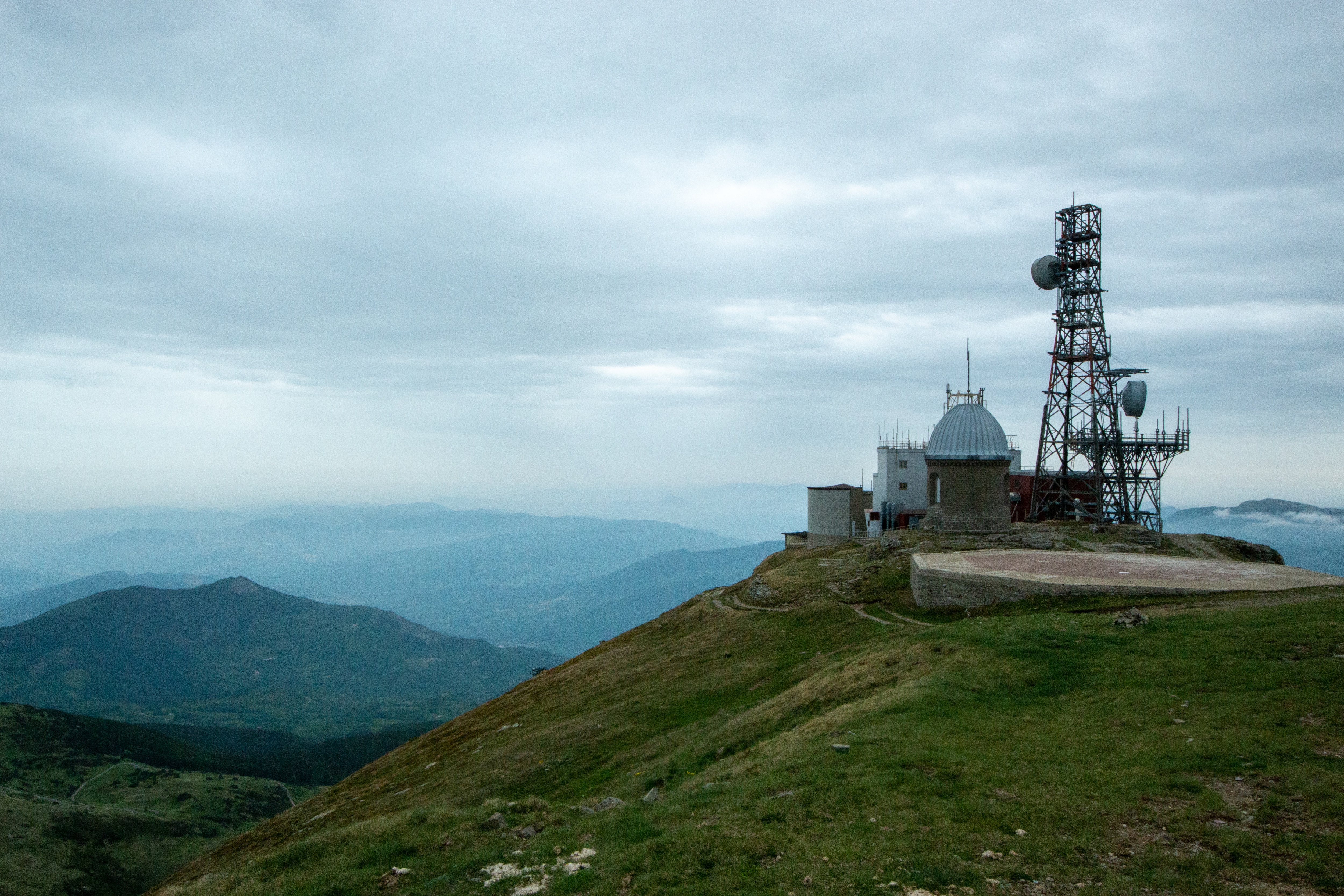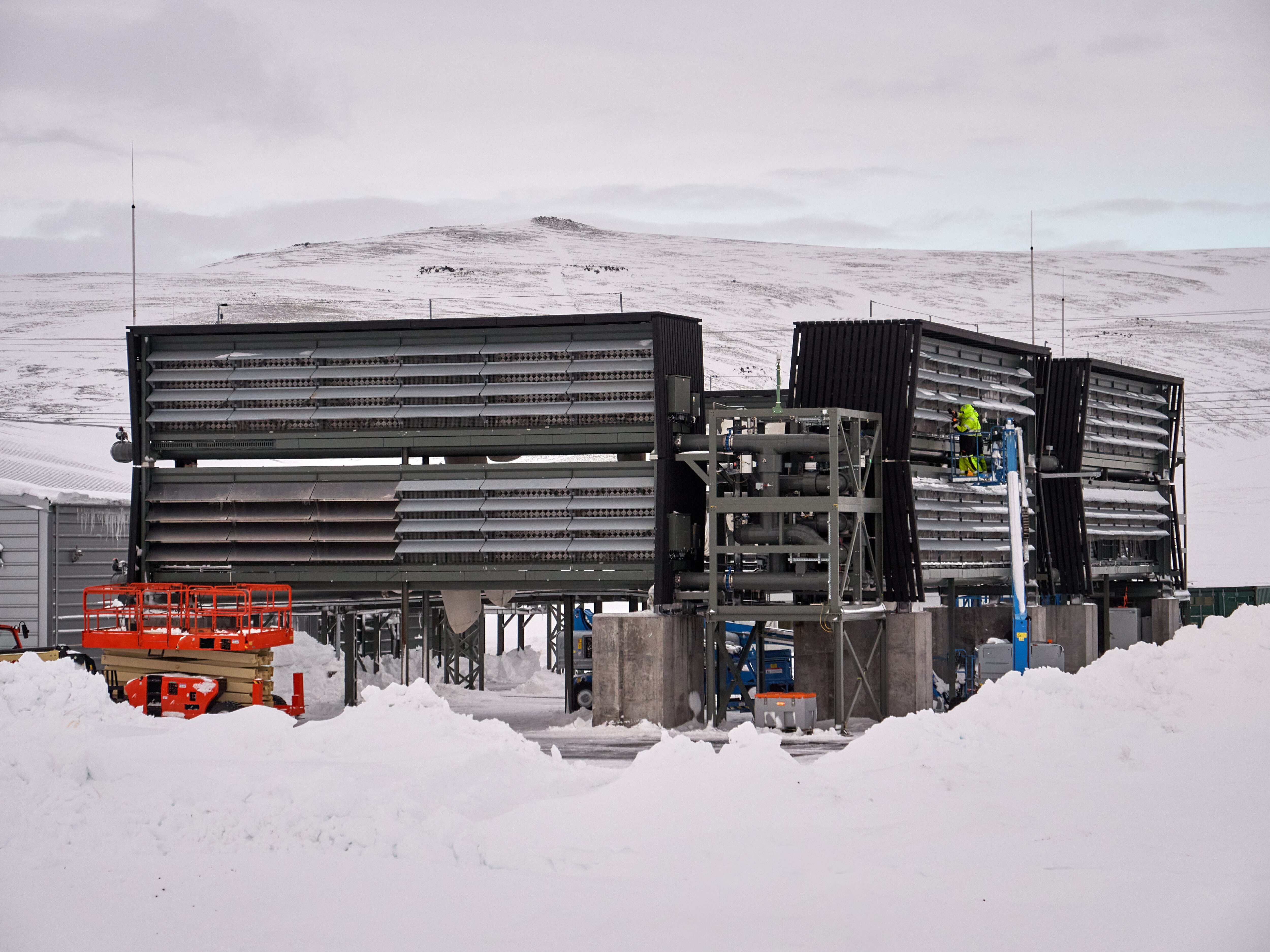

Permafrost refers to layers of soil whose temperature does not rise above 0°C for at least two years. Large amounts of carbon dioxide and methane are stored in these layers through decomposition of organic material. Almost 25% of the northern hemisphere is covered by permafrost, mainly in the polar regions or in mountainous areas. Unfortunately, this is where the average temperature has been rising the fastest. This causes the permafrost to thaw at a rapid pace, releasing harmful greenhouse gases. Researchers have recently found that the permafrost in the Arctic Ocean is becoming increasingly permeable. This manifests itself in an increasing numbers of springs on the seafloor, from which methane rises to the surface in gas bubbles. Exactly how much methane escapes from these springs remains unclear and is the subject of current research. Optical spectroscopy in particular provides added value for such measurements, as the TDLS technique in Axetris' LGD can measure methane concentrations in the sub-ppm range. With the added benefit of real-time measurement, methane springs can also be localized accurately.

There are many natural causes for climate changes, but for the current speed of global warming, the cause is primarily the CO2 in our atmosphere. It has now been proven with certainty that the CO2 is caused by humans. For evidence isotopes of carbon dioxide in the atmosphere were examined. Isotopes are atoms of an element that differ in the number of their neutrons. The number of electrons and protons, however, is the same. In carbon dioxide, the isotopes 12CO2, 13CO2, and 14CO2 occur, with 12CO2 being the most abundant. Depending on the source of carbon dioxide, these three isotopes occur in a different ratio. For example, carbon dioxide from combustion processes with fossil fuels can be clearly distinguished from that from plant decomposition processes. Through years of research it was possible to demonstrate that the carbon dioxide isotopic signature caused by fossil fuels clearly accounts for the largest fraction in the atmosphere. Optical spectroscopes are the preferred choice due to the reliable absorption of CO2 and its isotopes in the mid-infrared spectrum.

This is a result of the fact that the ambitious climate goals will most likely not be achieved solely by emission reduction. This started with carbon dioxide, which still accounts for the largest share of all climate gases. The technology is known as "Direct Air Capture" (DAC) or "Carbon Capture and Storage" (CCS) and filters carbon dioxide from the ambient air. The carbon dioxide is then stored under high pressure in the ground or used as a raw material for fertilizers or synthetic fuels. But the construction and operation of such plants also generates CO2 emissions for production and energy consumption. According to initial studies, the plants that have been put into operation have been efficient so far. But many more plants are needed to achieve a significant reduction in greenhouse gases. In addition to the reduction of CO2, the reduction of methane present in the air is also being discussed. Regardless of which climate gas is to be reduced, reliable measurement technology is useful for the efficient operation of such plants. For example, the efficiency of the filter performance can be monitored or leaks in the storage of the climate gases can be detected promptly.